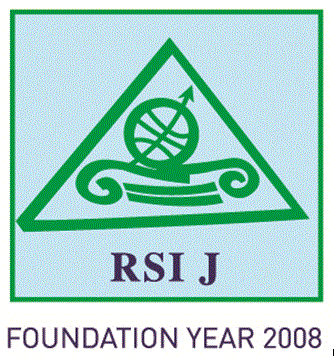Teresa CORVO
University of Algarve, Portugal
tcorvo@arsalgarve.min-saude.pt
Susana PESCADA
University of Algarve, Portugal, Cin Turs – Research Center for Tourism, Sustainability and Well-being
spescada@ualg.pt
Armand KRASNIQI
University of Haxhi Zeka, Peja, Kosovo,
armand.krasniqi@unhz.eu
(Corresponding Author)
Joao VIDAL
University of Algarve, Portugal, Cin Turs – Research Center for Tourism, Sustainability and Well-being
jvidal@ualg.pt
Fernando TEIXEIRA
Instituto Politécnico de Beja, Portugal, Smart Cities Research Center
fernando.teixeira@ipbeja.pt
Filipos RUXHO
Faculty of Agribusiness, University of Haxhi Zeka, Peja, Kosovo,
filipos.ruxho@unhz.eu
Abstract: Context and Objectives: The recent reform of Primary Health Care brought about important developments, such as the creation of the Health Care Clusters and the Family Health Units, which are innovative in terms of health care provision, with a focus on improving access to care, health and disease management, efficiency and effectiveness gains, quality of care, and user satisfaction. Increasingly considered as an essential organizational attribute for the success of organizations, knowing the organizational culture that prevails in family health units is essential for the implementation of a new work culture in Family Health Units (FHUs) with a type B management model, which is characterized as a more rigorous management model in terms of team performance, clinical governance, and teamwork. Using the Contrasting Values Model as theoretical support, this study aimed to analyze the importance of the Organizational Culture in the Performance of FHUs with a type-B management model in the Algarve region. Methodology: A quantitative cross-sectional study was conducted with a sample of 109 professionals from eight type-B FHUs. The Organizational Culture Assessment Instrument (OCAI) was used to identify the predominant type of organizational culture in the FHUs, and, in order to characterize the level of performance of model B FHUs, data were extracted from the Primary Health Care Identity Card. Results: In the model B FHUs in the Algarve region there is a predominance of the Clan type culture. Organizations with this type of culture remain cohesive due to the loyalty and tradition among their members. Knowledge of the current organizational culture in these units helps to raise awareness of their own culture, helping their leaders to develop and implement projects oriented towards high performance and productivity. Success is defined in terms of teamwork and concern for people. Conclusion: The study points to a predominance of the Clan culture in the analyzed FHUs, with emphasis on the existence of a productive and competitive leader.
Keywords: Organizational Culture; Primary Health Care; Family Health Units; Performance
pp. 93-102
